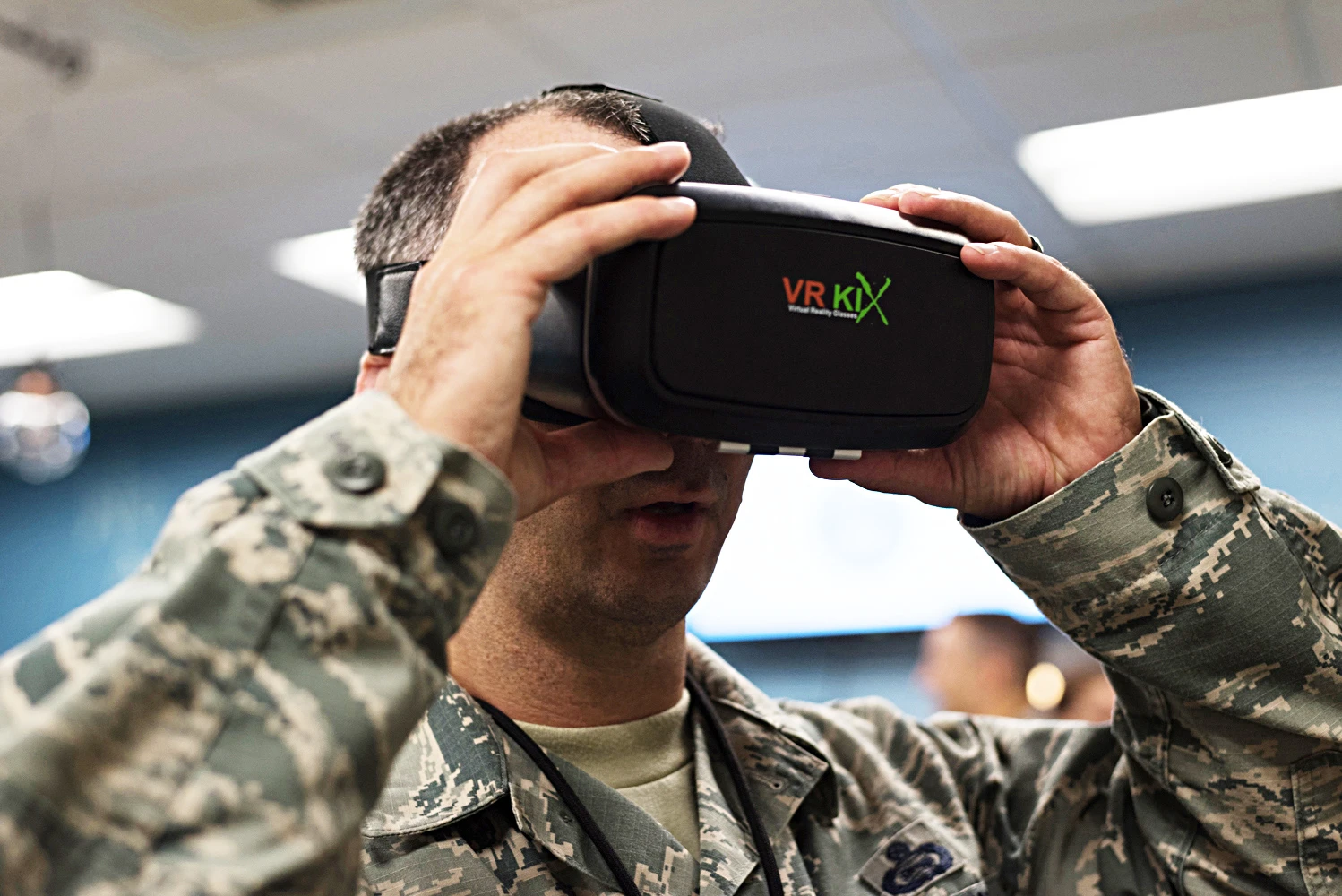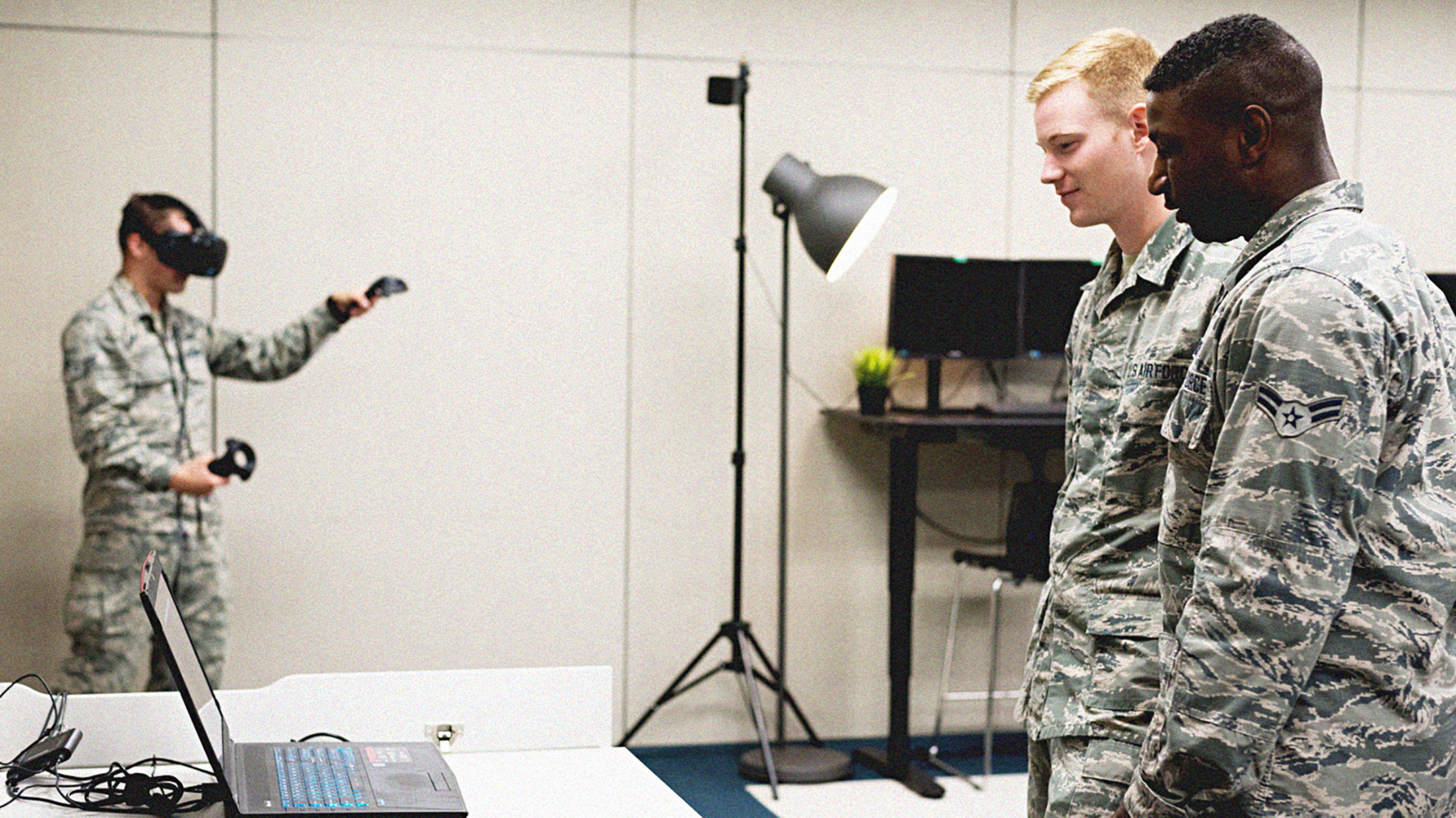As calls for gun reform in the U.S. reach another urgent crescendo–and as major retailers announce they will no longer sell guns to anyone under 21–one virtual reality expert has proposed some technological approaches to reducing mass shootings as well.
Jeremy Bailenson, a professor at Stanford and author of the recent book Experience on Demand, which spells out, among other things, how VR can be good for us, believes makers of virtual reality shooting games and simulations can play a role in helping to cut down on gun violence.
In an op-ed on CNN, Bailenson notes that there has been at least one recorded instance of a mass shooter boosting his skills in a video game, and that there’s no reason VR developers should be giving potential murderers “a virtual boot camp.” President Trump recently mused that one way to decrease gun violence was to look at video games as a culprit, a trope that has been hauled out by politicians for years.

Bailenson notes that VR has long been used for training combat soldiers for just these reasons. And he proposes one way to interrupt the benefits of virtual training: change the physics of bullets.
“Think about a Frisbee,” he writes. “In order to hit a target straight ahead, one needs to arc it to one side, to account for its return swing.” If VR shooting games incorporated such physics, he continues, that would train players to aim away when they shoot–and obviously erode their abilities to shoot real guns in the real world.
Bailenson also thinks VR game gun accessories should be shaped and weighted differently than real-world weapons. And he believes that targets in such games shouldn’t be people. And though there’s no evidence yet that terrorists are using VR for training, some have mused about the potential for that scary eventuality.
Facebook is at CPAC and they have a VR shooting game pic.twitter.com/wmV23jezpN
— Sean Morrow (@snmrrw) February 23, 2018
On paper, these are good ideas. But, despite analyst predictions that VR could be a $38 billion industry by 2026, there are relatively few people using VR headsets at the moment, at least compared to devices like smartphones or video game consoles. For the moment at least, it’s unlikely that such changes would result in fewer shootings. Still, every little bit counts. If even one would-be shooter is deterred, perhaps Bailenson’s ideas are worth debating.
Recognize your brand’s excellence by applying to this year’s Brands That Matter Awards before the early-rate deadline, May 3.
